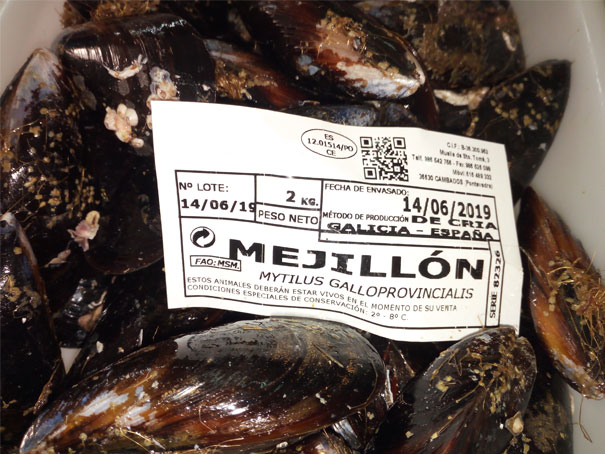New metagenomic procedure for the investigation of the eukaryotes present in the digestive gland of Mytillus galloprovincialis
SEATRACES PUBLICATION Marta Muñoz-Colmenero, Ren-Shiang Lee, Amaya Velasco, Graciela Ramilo-Fernández, Ángeles Longa, Carmen G. Sotelo Abstract: Mussels’ aquaculture is one of the most important cultures in Europe, with a high…









